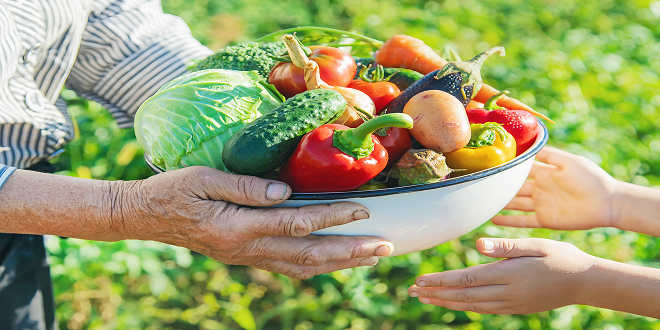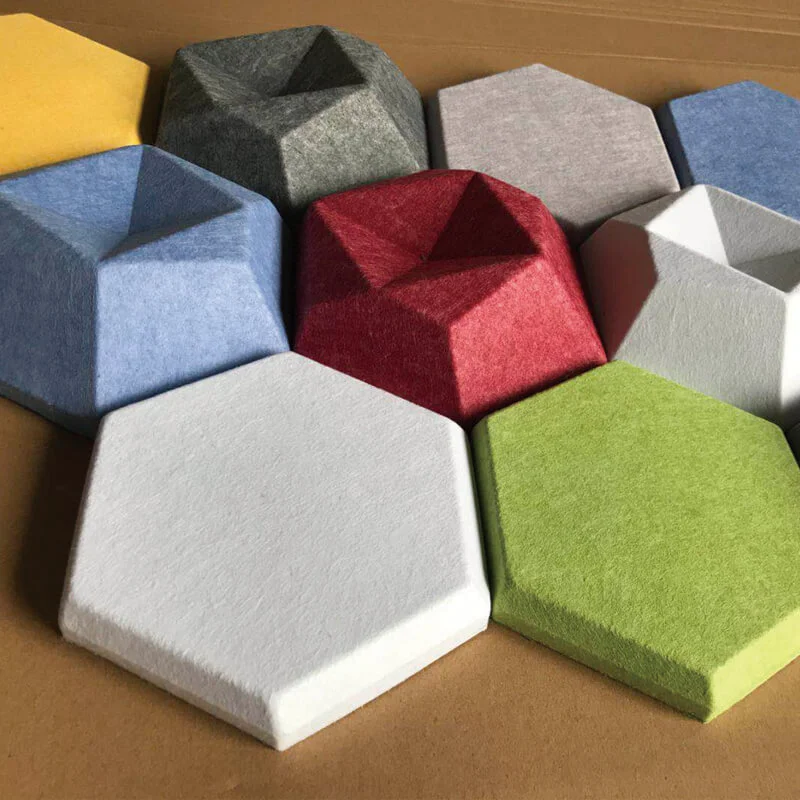
As discussed earlier there are various drying options available for food products. The first way to compare the dryer types for preliminary selection is based on the type of feedstock and residence time in a dryer to be handled. The type of feed material may be liquid (fruit juices, milk), slurry, cake (partially dried fruit pulp mixed with additives), free flowing solids (green peas, grains) or formed solids. Selection of a proper drying technique based on the physical form of the feed is very useful step.
SELECTION OF FLUIDIZED BED DRYERS
Fluidized bed dryers are one of the most common dryer types used for decades because of the high heat and mass transfer rates. Fluidized bed dryers have wide applications in food industry for drying of variety of products such as, green peas, sweet corn, coffee, tea, milk powder, grains, etc and more recently for drying of pastes and slurries. In recent years, there have been numerous improvements in the design of fluidized beds to enhance the efficiency. Particles/powders can be classified into four major groups according to their characteristics when exposed to fluidizing gas stream.
SELECTION OF SPRAY DRYERS
Spray dryer is the second most important dryer type used in the food processing sector. Some of the common applications are drying of fruit juices, herbal extracts, milk and many more. The detailed chapter on spray drying of food products is covered in this book. However, we have tried to give some information on selection criteria as the spray dryers are available in a wide range of designs. The selection choices can be limited to the following categories of dryers.
Read More: thenewspointof.net
COMPARISON OF CONVENTIONAL DRYERS WITH NEWER DRYERS
It is worth mentioning that many of the new techniques for food drying use superheated steam or inert gases (nitrogen) as the drying medium or are simply intelligent combinations of traditional drying techniques, e.g., combination of heat transfer modes, multi-staging of different dryer types. Superheated steam as the convective drying medium offers several advantages, e.g., higher drying rates under certain conditions, better quality for certain products, lower net energy consumption if the excess steam produced in the dryer is used elsewhere in the process, elimination of fire and explosion hazard. Use of nitrogen as a drying medium has added advantage of avoiding the oxidation reactions in food drying; however, this is expensive operation and needs closed loop system.
Classification of superheated steam dryers
Superheated steam drying technology was first proposed over 120 years ago but the commercial applications started very recently. Superheated steam drying mainly involves use of superheated steam as a drying medium instead of heated air or flue gases to supply heat in a direct type of dryer. SSD is more complex and recovering heat from the exhaust steam is a difficult task. However the net energy consumption can be lowered if the exhaust steam is used elsewhere. Main advantages of superheated steam drying to be highlighted are absence of any oxidation reaction during drying of food products, improved drying rates (this has been proved for many food products), recovery of toxic/expensive organic solvent removed during drying and pasteurization/sterilization of food products. These types of dryers also have some limitations such as complexity, initial condensation of steam, problems with drying of materials which tend to melt or undergo glass transition.
Developments in fluid bed drying
We already have summarized the large number of possible variants of FBDs that are now used to dry not only particulates (which was the original idea) but also slurries, pastes, continuous webs and sheet-form materials. Large pieces that cannot be fluidized by themselves can be immersed in a fluidized bed of smaller fluidizable inert particles and dried. Most of the variants shown are used in industrial drying applications to varying extent. Many users seem to be unaware of some of these innovative modifications of the FBDs.
Hybrid drying technologies
The use of hybrid technologies is being employed recently mainly to hasten the drying rate. It was noted earlier that drying of most foods lies in falling rate period and that the drying rate is very sluggish in the final stages when the interstitial water is to be removed and the performance of convection dryers is very poor which results in to longer residence time. This can lead to higher energy consumption, loss of important nutritional as well sensory properties of food products making it unacceptable. Use of high temperature to remove this part of water at faster rate may lead to case hardening and similar problems. The best way to enhance the drying rate is to either to use multi-stage drying approach or using radiative heat source.
AI is one of the biggest tech news. We are still only in the early days of the development of AI. As the technology becomes more sophisticated, it will be applied to further develop tech-based tools, such as training machines to recognize patterns, and then act upon what it has detected. It can develop your best business times idea and you can succeed in your life goal.





